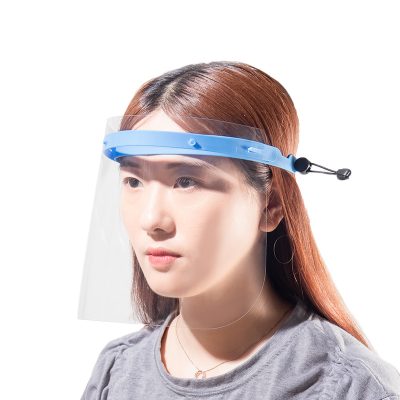The key to responding to public health emergencies lies in adequate reserves, reasonable and rapid distribution of clinical emergency supplies. Some international locations have national scientific stocks of critical stocks such as vital medicines and personal protective equipment. While this is a typical element of responding to a public health emergency, in the course of testing the system it was found to be deficient. This is evident in the H1N1, SARS-CoV-1, and now SARS-CoV-2 pandemics. Globally, there is a shortage of personal protective equipment for HCW, which has led to the spread of the disease, reducing the number of frontline HCW staff caring for these patients, which has led to the spread of the disease to their families and communities, and an increase in HCW mortality.
Personal Protective Equipment
Before using PPE as a control for risk (in this case, COVID-19), businesses may wish to conduct an opportunity assessment of employee exposure and select PPE based on the specific hazards that employees face during production. In addition, the necessary collocation, use, inspection and education may require additional observation. COVID-19 presents another challenge, as employers requiring PPE to combat COVID-19 may also need to provide information on safe work practices (including not touching one’s face) and proper PPE elimination, cleaning, storage, and Disposal education to avoid exposure to used PPE is a matter of public concern.
Therefore, engineering, PPE manufacturers, and administrative controls including safe work practices are considered more effective than the use of PPE, and employers should enforce these forms of controls over PPE. If an organization’s risk assessment concludes that a certain PPE is needed, then use of that PPE can no longer replace other risk reduction measures, including administrative or engineering controls around physical distancing, as well as around handwashing and Administrative controls for disinfection of over-touched surfaces. Employers must ensure that supervisors and bosses are educated to manage the controls in the area of operation of the facility and communicate frequently orally about the business’ guidelines and expectations.








